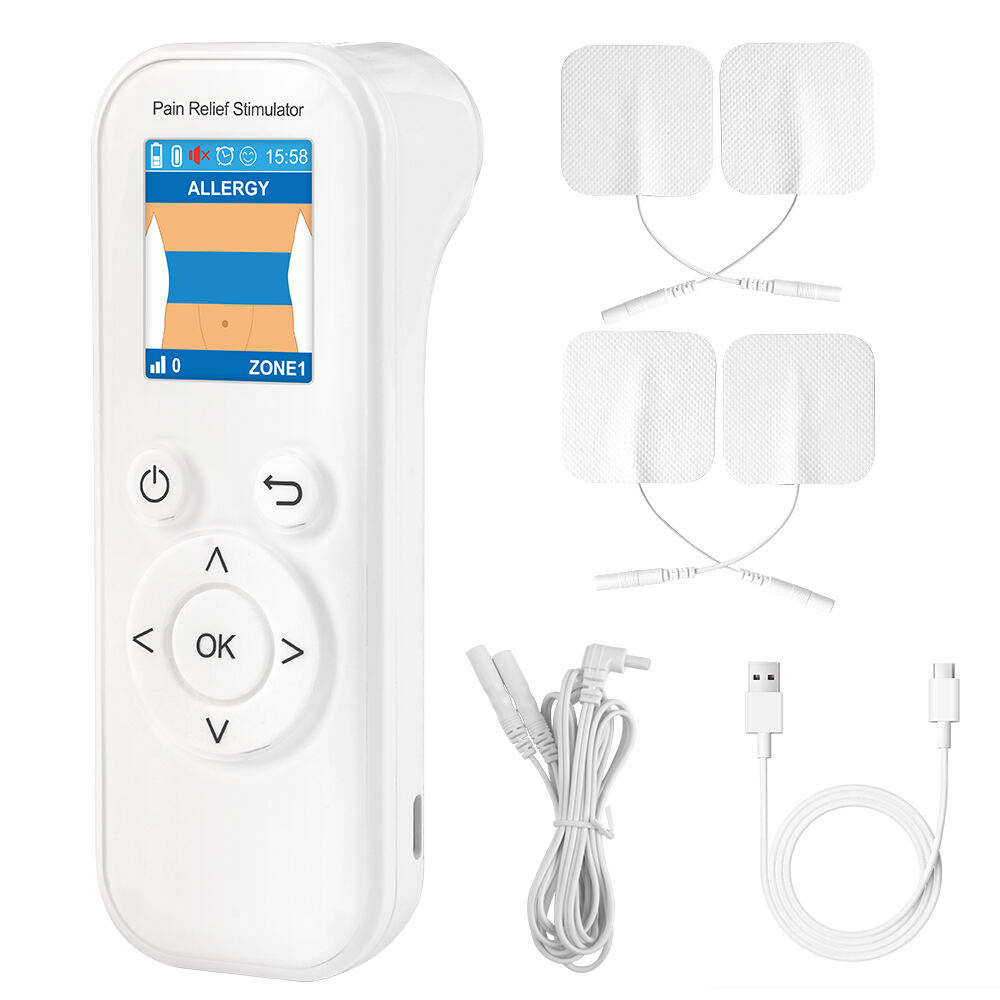In the realm of health, fitness recovery, and pain management, electrical muscle stimulators have transitioned from professional clinical settings into everyday homes. With countless available options ranging from affordable TENS pain relief units to high-end EMS fitness equipment, consumers naturally wonder: how effective are these different muscle stimulation technologies, and which one truly delivers results?
The answer isn't about finding the "best" device overall, but rather identifying the right tool for your specific needs. Selecting the wrong type can lead to wasted money and effort, or even potential health risks.
This comprehensive guide will help you navigate the world of muscle stimulation technologies. We'll examine how each type works, their proven benefits, and ideal applications to help you make an informed decision.
Understanding Different Muscle Stimulation Technologies
These technologies represent distinct approaches with different intended purposes:
TENS: Transcutaneous Electrical Nerve Stimulation
TENS technology specifically targets pain management rather than muscle building. It operates on the gate control theory of pain, using electrical impulses to disrupt pain signals traveling to the brain. Additionally, it may stimulate endorphin release, the body's natural pain relievers. Users typically experience a tingling or buzzing sensation without significant muscle contraction.
EMS: Electrical Muscle Stimulation
EMS devices directly stimulate motor nerves to produce muscle contractions. This technology essentially exercises muscles passively, making it valuable for muscle conditioning, recovery, and preventing atrophy. The noticeable muscle twitching and contractions differentiate it from TENS technology.
NMES: Neuromuscular Electrical Stimulation
While often used interchangeably with EMS, NMES places greater emphasis on rehabilitation and neuromuscular re-education. It's particularly valuable in clinical settings for retraining muscles after injury or surgery, with parameters carefully adjusted for therapeutic purposes.
FES: Functional Electrical Stimulation
As the most advanced approach, FES coordinates multiple muscle groups to produce functional movements. This technology helps patients perform actions like ankle dorsiflexion during walking or grasping motions, often following neurological injuries.
Comparing Effectiveness Across Applications
Pain Management Capabilities
For pain relief, TENS technology demonstrates clear effectiveness, particularly for temporary relief from chronic pain conditions like arthritis or lower back pain. Its drug-free approach and patient-controlled operation make it appealing for many users.
EMS and NMES provide more indirect pain relief by addressing underlying muscular causes. By strengthening supporting muscles and improving circulation, they can alleviate pain resulting from muscular weaknesses or imbalances, such as in knee osteoarthritis.
Muscle Development and Strength Building
EMS proves highly effective for maintaining muscle mass in immobilized patients. For individuals recovering from surgery or injury who cannot actively exercise, EMS significantly slows muscle atrophy and preserves strength.
However, for healthy, active individuals, EMS shows more limited benefits. While it can supplement traditional training by activating additional muscle fibers, it cannot replace weight-bearing exercise for building functional strength. The neural adaptations and hormonal responses from active training far surpass what EMS can provide alone.
Recovery and Athletic Performance
EMS excels in post-exercise recovery, with many athletes using low-intensity stimulation to reduce muscle soreness and improve circulation. The technology helps accelerate recovery between training sessions, though evidence for performance enhancement during activity remains limited.
Preventing Muscle Deterioration
For preventing muscle atrophy in clinical situations, EMS and NMES represent the gold standard. Patients with limited mobility due to various medical conditions can maintain significant muscle mass through regular stimulation sessions.
Key Considerations for Consumers
Professional vs Consumer Devices
Medical-grade equipment differs significantly from consumer devices in current characteristics, treatment precision, and parameter customization. Clinical devices use more sophisticated waveforms that penetrate deeper with greater comfort, while offering multiple channels for targeted treatment and extensive customization options.
Addressing Common Misconceptions
Muscle stimulators cannot produce weight loss or spot reduction. While muscle contractions consume some energy, the caloric expenditure is minimal compared to active exercise. The notion that stimulation can selectively remove fat from specific areas is scientifically unfounded, as fat reduction occurs systematically throughout the body.
Safety Guidelines and Selection Advice
Important Safety Considerations
Certain application areas should always be avoided, including the neck region near carotid sinuses, around the eyes and temples, across the heart, and over malignant tumors. Special caution is necessary for individuals with pacemakers or other implanted devices, epilepsy, circulation disorders, or during pregnancy.
Choosing the Right Device
For primary pain relief, TENS devices typically provide the best results. Those seeking rehabilitation from specific muscle conditions should consider NMES under professional guidance. For general fitness supplementation and recovery enhancement, quality EMS devices offer the most benefit.
Making an Informed Decision
Different muscle stimulation technologies serve distinct purposes effectively. TENS specializes in pain management, while EMS and NMES excel at muscle activation and rehabilitation. Understanding your primary goals and selecting the appropriate technology ensures you harness these tools effectively as part of your health and wellness strategy.





